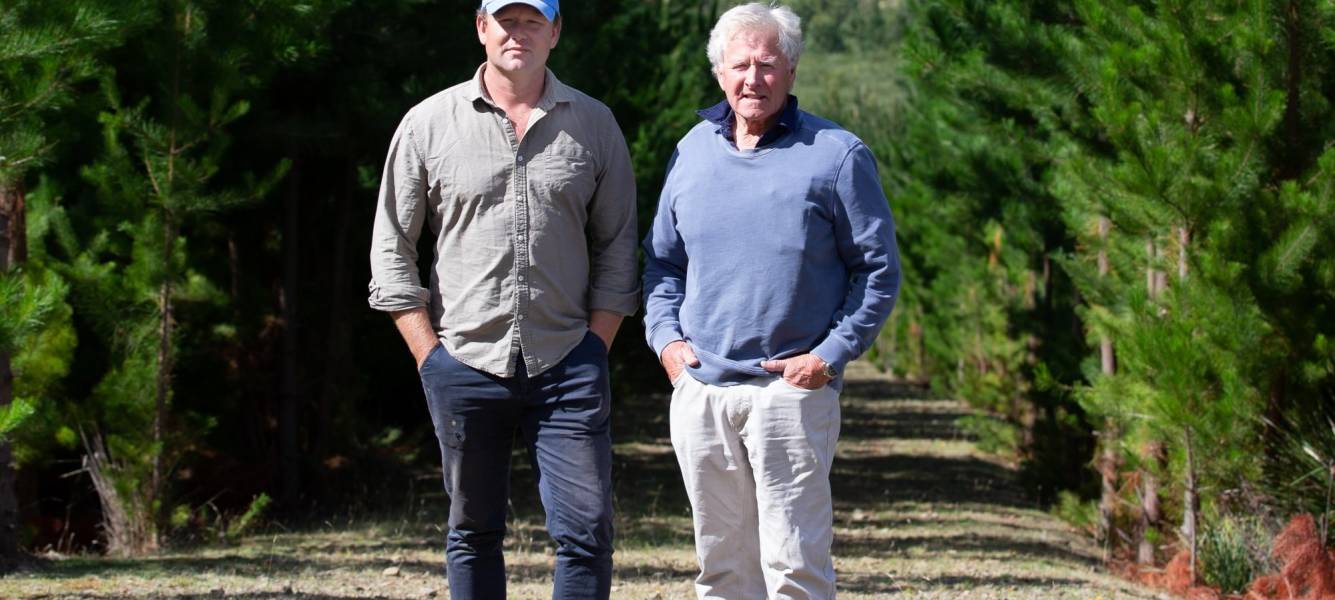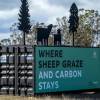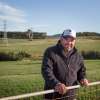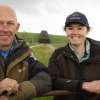
How planting trees on Fulham Farm will benefit future generations to come
Posted 25 October 2021
Plantation planning Species, sites and planting On-farm benefits Economic benefits and markets Carbon benefits Native regrowth forest management Tree Alliance
Fulham, a 3000-acre grazing farm on the Southeast Coast of Dunalley, has been owned and operated by the Gray family since 1926.
Father and son farmers, Sandy and Tom Gray, have both lived the majority of their lives on the farm, with Tom and his family now calling Fulham home.
They have run a variety of enterprises from the farm over the years, including wool (with their main production being merino), lambs, angus beef cattle, olives and more recently, oysters.
After the devastating bush fires of 2013 tore through their farm, both Sandy and Tom have made it their goal to strategically replant trees to reap the benefits for generations to come.
Sandy has been planting trees on the Fulham farm for around 30 years and has long been aware of the various benefits that trees provide. Sandy has planted between 500 to 1000 trees each year of mixed species for shelterbelts.
“We have been replanting trees to help combat erosion and to regenerate some areas. We lost most of the trees to the bush fires in 2013, so we really wanted to fast-track planting more trees as quickly as possible. We were also looking to diversify from having mixed species shelter belts to something that is commercially viable”, says Tom.
“We are gaining vast new knowledge from being involved in the Private Forests Tasmania demonstration site project. We are not scientists, we are farmers, so it has been really beneficial to work together with the experts at PFT."
Plantations for shelter
With guidance from PFT, Sandy and Tom will plant 20 hectares of trees to negate the prevailing westerly winds at Fulham and provide shelter for lambing, sheep and other stock.
“Trees play a huge role on a coastal property like ours as we suffer from the wind. I see trees as providing huge benefits to farms, not only aesthetically but environmentally,” says Sandy.
“In the windbreaks we are going to plant some blue gums and radiata pine. They have been shown to grow particularly well here, especially in the sandier soils. We will also plant some blackwood in the gullies because they tend to thrive there.”

Strategic planting
Sandy, Tom and PFT have come up with the idea of planting one row of pines on the windward side of the shelterbelt, and six rows of blue gums behind them. This is because the pines grow very quickly in the terrain at Fulham, so they would act as protection for the blue gums.
“While we have planted trees here in the past, it has been really beneficial to have the support from PFT as opposed to doing this on our own”, says Sandy.
PFT helped Tom and Sandy to devise a tree-planting plan that would best suit their property. They plan on planting a 25-width band of radiata pine trees in the windier areas to provide shelter, with the predominant species in the rest of the areas being eucalypt.
“PFT met with us to map out which locations on the farm would be best suited for the trees. They took into account the soil type, wind direction, paddocks most suited for grazing and other benefits we felt the trees might have for the property”, explained Tom.

Planting for the future
“We decided to get involved in the project as it was hard to look past the viable returns that we would benefit from for being involved in this demonstration. These returns include improving animal and plant production as well as the possible sale of the trees as timber going forward”, says Sandy.
“I will be interested to see other farmer’s demonstration sites, as I can imagine others would be interested in seeing this one. It is a great idea to get farmers involved in planting trees, as it creates a beautiful living environment while also improving the value of their property.”
“I feel as though I am a custodian of this land, and I need to care for it before passing it on to the next generation. So, I believe progress must continue,” says Tom.
“It has never crossed my mind to sell the farm, so I look long-term, which is where this project comes in handy. For me, planting trees to increase productivity while providing benefits to livestock is all for the good of the farm and the good of the family.”






